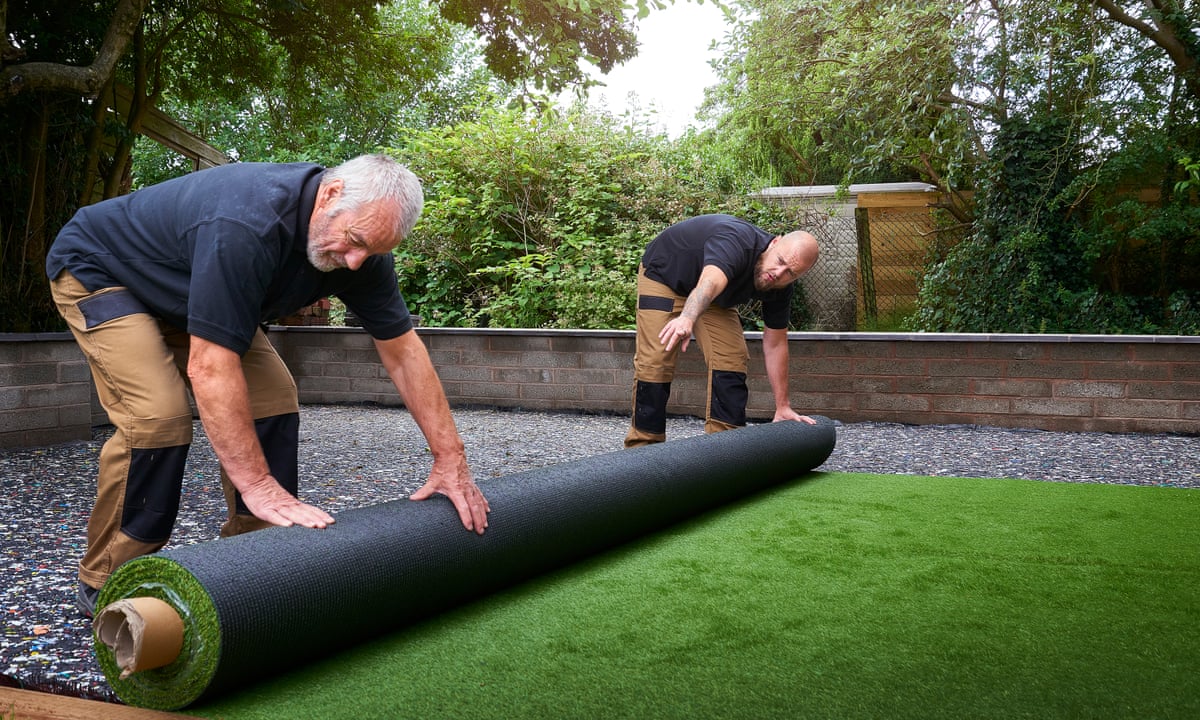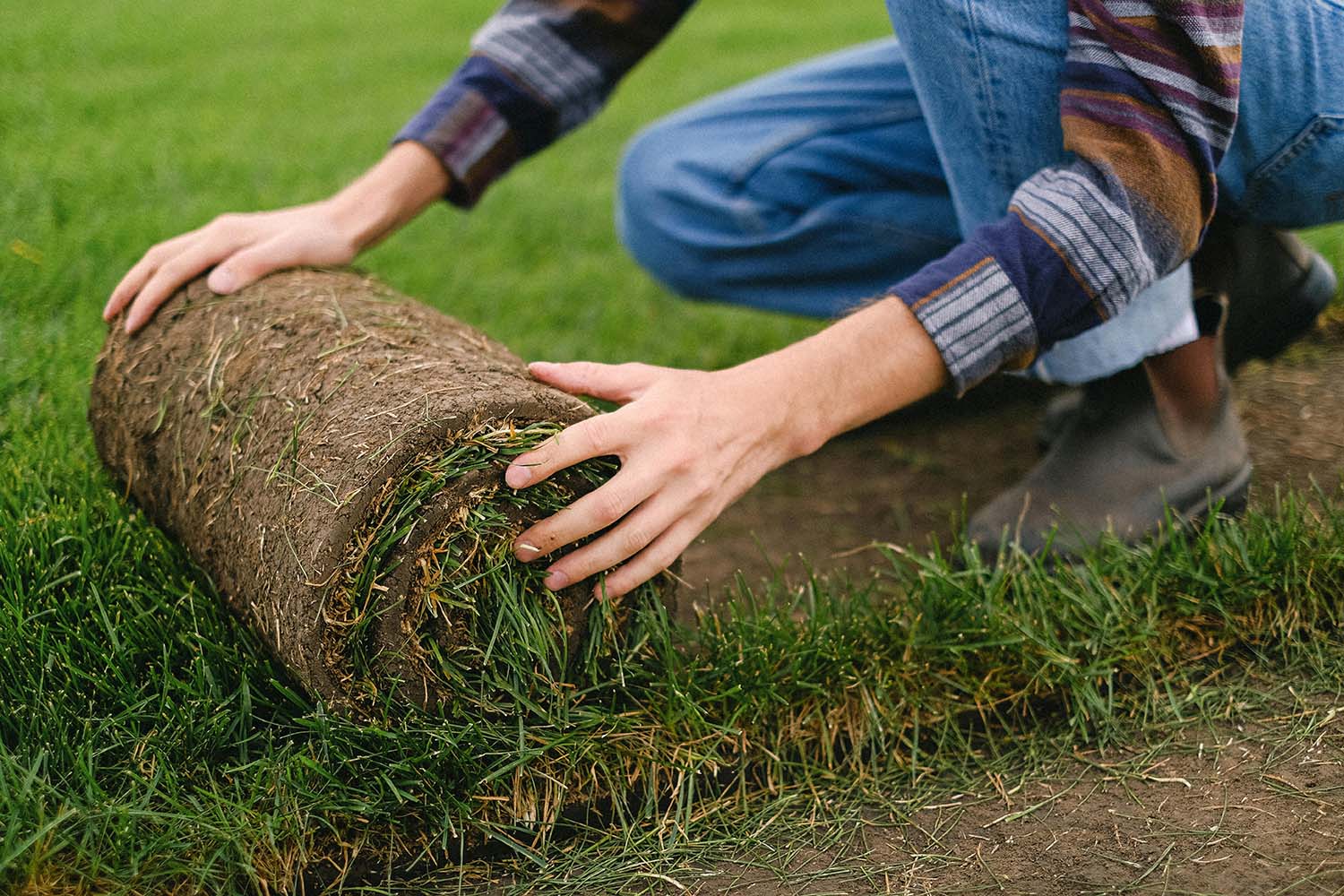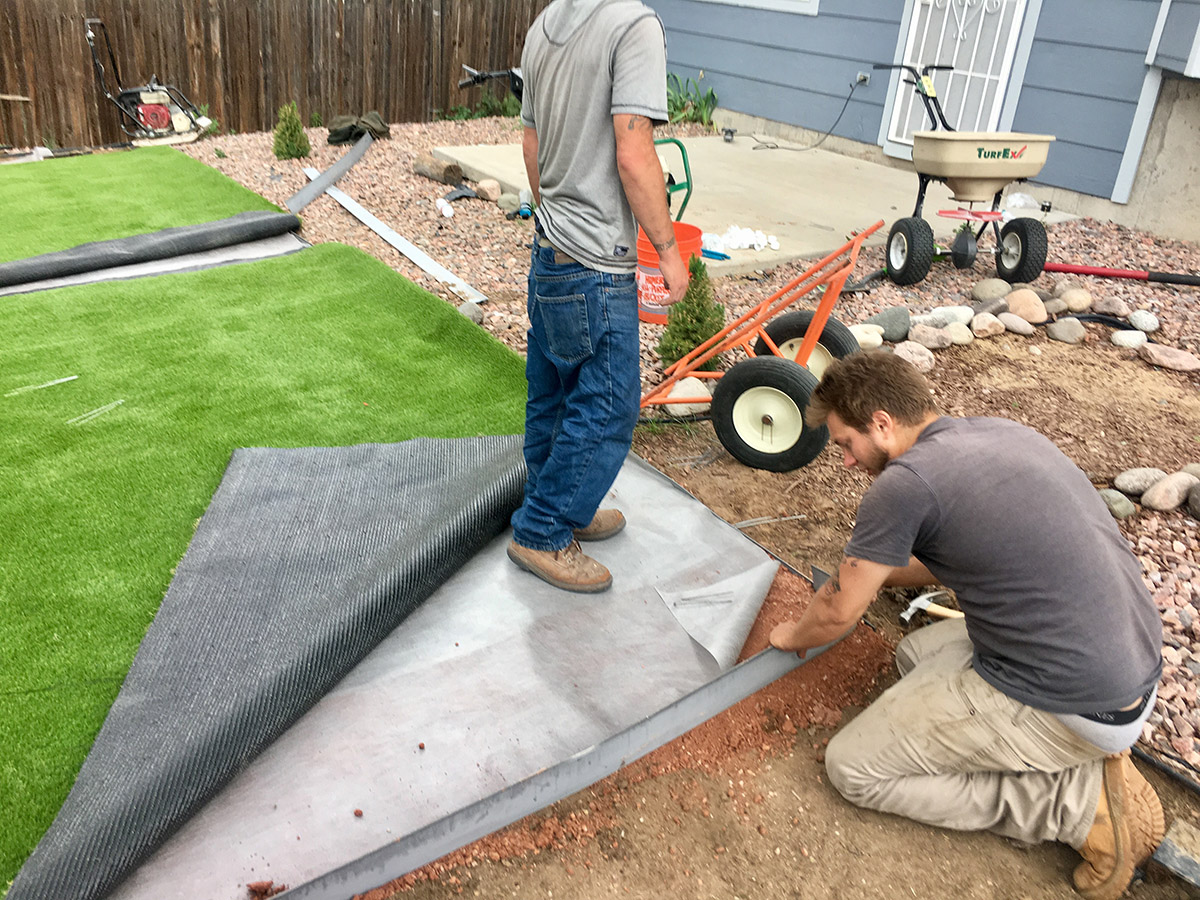Environmentally Safe Arizona Artificial Turf for a All-Season Lush Green Lawn
Environmentally Safe Arizona Artificial Turf for a All-Season Lush Green Lawn
Blog Article
Delve Into the Environmental Perks of Opting for Synthetic Grass Solutions
The fostering of fabricated lawn solutions presents a compelling opportunity to attend to pushing environmental challenges. By substantially reducing water use and decreasing the application of damaging chemicals, these options not just promote sustainable landscaping yet also secure neighborhood environments.
Water Conservation Conveniences
One of the most significant advantages of man-made turf is its ability to conserve water. In contrast, artificial grass does not require watering, substantially reducing the overall demand for water sources.
By getting rid of the demand for regular watering, synthetic grass adds to lasting landscape practices and aids reduce the environmental influence of excessive water intake. Furthermore, the preservation of water encompasses the reduction of runoff, which can cause dirt erosion and waterway air pollution.
In addition, the setup of man-made turf permits home owners and municipalities to designate water resources more successfully, concentrating on necessary usages such as alcohol consumption water and farming. The shift in the direction of synthetic grass not only advertises accountable water use yet also aligns with wider ecological objectives focused on preserving natural deposits.
As communities progressively focus on sustainability, the water conservation advantages of synthetic grass present an engaging case for its adoption in industrial and household landscape design jobs.
Lowered Chemical Usage
The change to synthetic grass substantially reduces the dependence on chemical therapies typically utilized in all-natural yard upkeep. Conventional turf management normally includes the application of herbicides, plant foods, and pesticides to advertise development and control pests. These chemicals can position dangers to human health and wellness, neighborhood wildlife, and the atmosphere, adding to soil and water contamination.
On the other hand, fabricated turf eliminates the demand for these unsafe materials. When installed, it calls for very little upkeep, mostly containing regular cleansing and irregular infill replenishment. This decrease in chemical usage not just benefits the prompt atmosphere however additionally adds to more comprehensive ecological stability. By reducing the release of artificial substances right into the ecological community, synthetic turf promotes healthier dirt and water systems.
In addition, the lack of chemical overflow associated with artificial turf installations aids protect local waterways from contamination, sustaining marine life and keeping biodiversity. Arizona artificial turf. As communities progressively prioritize lasting methods, selecting fabricated turf provides a viable remedy that aligns with environmental conservation goals. With this shift, residential property proprietors can appreciate lush green rooms without jeopardizing environmental health, leading the way for a much more lasting future
Reduced Carbon Footprint

In addition, the installment of synthetic grass can result in considerable water conservation. All-natural lawns require considerable amounts of water for irrigation, which not only includes in the carbon impact linked with water extraction and treatment but also pressures neighborhood water sources. On the other hand, fabricated grass requires very little upkeep, calling for no watering, thus considerably reducing water use and its linked power costs.
Furthermore, the longevity of synthetic grass adds to its lower carbon effect. With a lifespan of approximately 15 years or even more, the requirement for constant substitutes is reduced, resulting in less waste and reduced energy consumption in manufacturing and dealing with conventional lawn alternatives. Generally, synthetic grass presents a lasting choice for eco mindful landscaping.
Environment Preservation
Environment preservation is an essential factor to consider in the dispute over landscape design options, particularly when contrasting synthetic grass to all-natural yard. All-natural turf lawns often require substantial maintenance, consisting of making use of herbicides, pesticides, and plant foods, which can detrimentally affect local environments. These chemicals can leach into the dirt and waterways, hurting indigenous flora and fauna and interrupting neighborhood habitats.
In comparison, artificial grass provides a chance to minimize the ecological footprint of landscape design. By choosing synthetic lawn, property owners can reduce the disruption of natural habitats associated with special info traditional lawn treatment techniques. Synthetic lawn eliminates the demand for unsafe chemicals, thus securing nearby wild animals and preserving the integrity of surrounding ecological communities. Additionally, the setup of man-made lawn can result in the conversion of previous grass locations into even more biodiverse landscapes, such as pollinator yards or native plant locations, which can sustain regional wildlife.
Ultimately, the transition to synthetic grass not only preserves water and minimizes maintenance initiatives yet also fosters an extra unified connection in between human tasks and the native environment, promoting habitat conservation at the same time.
Long-Term Sustainability
Lasting sustainability is an essential aspect in reviewing the advantages of artificial lawn over conventional lawn yards. One of the most significant benefits of synthetic grass is its resilience; it can last up to 15-20 years with minimal upkeep, whereas all-natural turf calls for regular reseeding and replacement. This long life reduces the demand for constant sources, such as water, fertilizers, and pesticides, which are crucial for preserving a healthy and balanced yard lawn.
Additionally, synthetic grass adds to a decrease in carbon emissions linked with lawn treatment devices. Standard lawns typically call for gas-powered mowers, trimmers, and blowers, every one of which add to air contamination. Turf installation phoenix az. In contrast, synthetic grass removes the need for such equipment, advertising a cleaner atmosphere
Moreover, the manufacturing of fabricated grass increasingly makes use of recycled products, enhancing its sustainability profile. As manufacturers embrace eco-friendly practices, the ecological footprint of synthetic grass remains to reduce.

Final Thought
The fostering of synthetic grass remedies offers significant ecological advantages, including significant water preservation, lowered reliance on unsafe chemicals, site here and a reduced carbon footprint. Fabricated grass help in preserving natural environments by minimizing land disruption and advertising lasting sustainability via the usage of long lasting materials. Jointly, these elements underscore the capacity of fabricated lawn to contribute positively to environmental wellness and use a sensible choice to standard landscape design methods in a progressively resource-conscious globe.
In contrast, artificial grass does not need watering, considerably reducing the general demand for water resources. By lessening the release of artificial substances into the ecosystem, fabricated grass advertises healthier dirt and water systems.
Moreover, the setup of synthetic grass can result in significant water preservation. In contrast, fabricated grass requires very Recommended Reading little upkeep, needing no watering, thereby substantially decreasing water usage and its associated energy costs.

Report this page